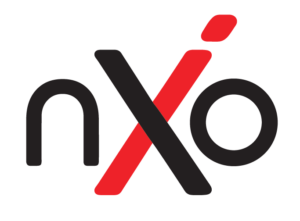When comparing cloud services and on-premise IT infrastructure, the biggest differences come down to who owns the environment, where your data lives, and how your systems are maintained. Both models have valid use cases, but they serve very different operational and strategic needs.
Cloud services are built around accessibility and flexibility. Instead of purchasing hardware or maintaining servers, you access computing resources over the internet through a third-party provider. This typically includes:
- Subscription-based pricing: Pay monthly or annually based on usage or service level
- Remote access: Teams can log in from anywhere with an internet connection
- Managed upkeep: Updates, security patches, and hardware maintenance are handled by the provider
On-premise infrastructure, on the other hand, gives your business full control over the environment. Your systems are housed onsite (or in a private data center you manage), which means:
- Upfront ownership: You purchase and install your own servers and hardware
- Local access and storage: Data and applications live within your internal network
- Internal responsibility: Your team handles maintenance, upgrades, and security
While cloud models are often marketed as more modern, on-premise setups are still highly relevant. This is especially true for businesses with privacy concerns, legacy software, or regulatory obligations that limit offsite data storage.
In the end, your decision is about how you operate, what you prioritize, and how much control you’re willing to trade for convenience.


